Accelerate to discover
Technologies
Type of the news
Brands



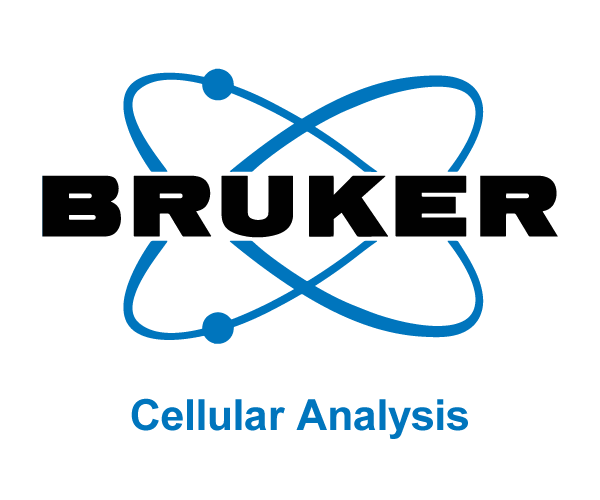
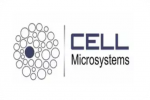







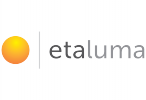








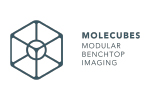


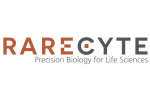






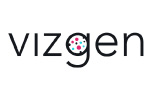


Development of new albumin‑binding radiotracers for PET imaging of CSF
In this study by Peltoniemi et al., PET/CT imaging using the X-CUBE (CT) and ß-CUBE (PET) was used to non-invasively visualize cerebrospinal fluid (CSF) flow and glymphatic system dynamics in rats.
2025-11-28
Elevating Intravital Imaging with AI: Introducing the AI-Image Denoiser
AI-Image Denoiser, our best-in-class, AI-powered image enhancement software designed specifically for high-speed intravital microscopy.
2025-10-21
Pericytes promote metastasis by regulating tumor local vascular tone and hemodynamics
The anesthetized mouse was placed on a customized stage for tumor immobilization and colon tumor was exposed to intravital microscopy (IVM-MS2, IVIM Technology, Korea) equipped with 25× water immersion objective.
2025-09-10
Come meet us at FELASA
The Federation of European Laboratory Animal Science Associations congress
2025-05-21
Bruker Lunch Symposium at EMIM 2025 on March 12th
Don't miss the Lunch Symposium on March 12th, at 12:45 PM, in Room LS 01, during EMIM 2025!
Our colleague Igor Valerian is available for meetings at Bruker's booth 001 at EMIM on March 12th, in Bilbao, Spain.
2025-03-06
Reanalyze your in-vivo optical images with Aura Software
Aura is a free license software application produced by Spectral Instruments Imaging, a Bruker Company.
2025-10-23
Optimizing Substrate Dosing for ReliableBioluminescence Imaging (BLI)
Bioluminescence imaging relies on precise D-luciferin administration, as dosing variability impacts signal intensity and data consistency. Standardizing substrate delivery is essential for reproducible and high-quality in vivo imaging results.
2025-09-18
Monitoring mRNA vaccine antigen expression in vivo using PET/CT
The aim of this study was to evaluate the ability of PET/CT imaging to track mRNA vaccine antigen expression in mammalian systems. The researchers used eDHFR as a PET reporter gene, fused to the SARS-CoV-2 spike protein.
2025-09-08
High-Resolution Intravital In Vivo Imaging with AI-Powered Image Denoising
In this webinar, experts discuss cutting-edge advancements in microscopy imaging and denoising technologies.
2025-04-14
The New Future of Micro-CT and 3D X-Ray Microscopy
Session I
Thursday, February 27
09:00 CST / Chicago
12:00 BRT / São Paulo
16:00 CET / Berlin
Session II
Thursday, February 27
19:00 CST / Chicago
Friday, February 28
09:00 SGT / Singapore
10:00 JST / Tokyo
2025-02-12
Can you solve mouse CT imaging with 50um spatial resolution ?
MOLECUBES, a Bruker Company offers small footprint microCT for mice and rats, which meets most of your needs for in-vivo analysis and doesn't sacrifice the budget.
2025-10-22
Subcutaneous delivery of MSC induces immunoregulatory effects in the lymph node
Mice were imaged under anaesthesia (2.5% isoflurane in oxygen), daily until the bioluminescence signal disappeared. Imaging was performed in an Ami-HTX Small Animal Imager and analysed with Aura Imaging Software, from Spectral Instruments Imaging.
2025-09-12
Curious how PET imaging and reporter gene tracking are transforming CAR-T cell therapy in oncology?
Recorded webinar is recommended if you are working or you are interested by translational studies in oncology, immune therapy, and biomedical imaging.
2025-06-02
Optimizing Substrate Dosing for Reliable Bioluminescence Imaging (BLI)
Best Practices for Substrate Dosing: dose based on weight, prepare fresh solutions, use standardized routes of administration and more
2025-03-17
















